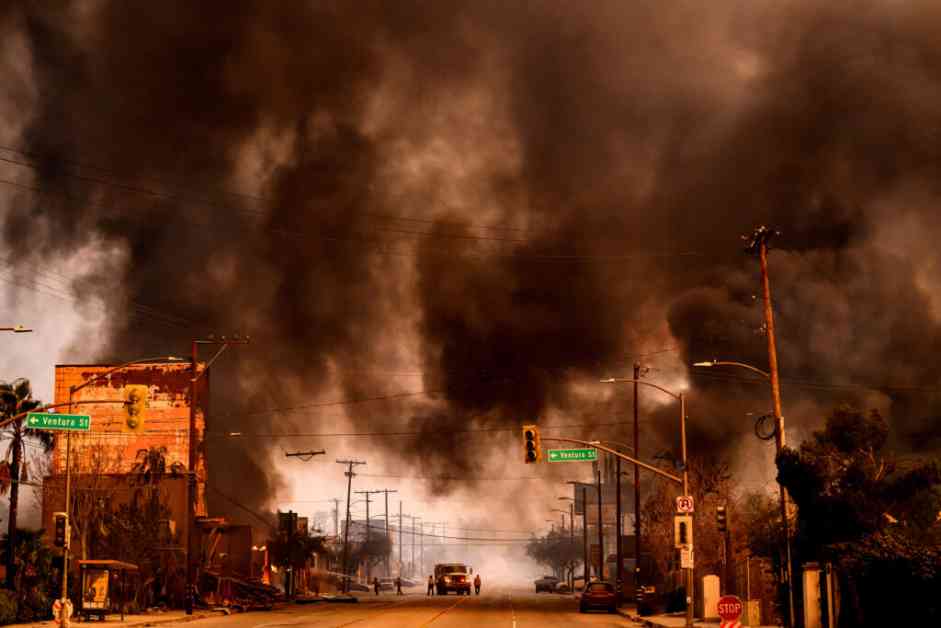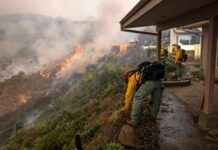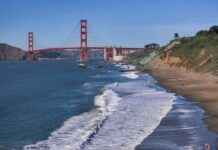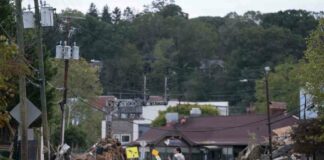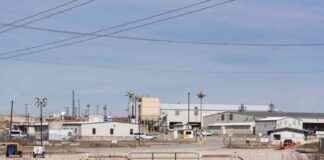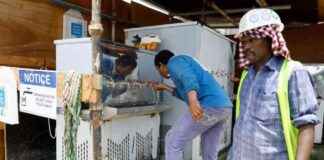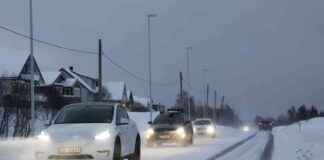Toxic Smoke and Ash from Burning Homes Threaten LA Residents
LOS ANGELES—The air in Los Angeles is thick with danger this week, as toxic smoke and ash from burning homes blanket the city in a cloud of uncertainty. Residents are facing a myriad of challenges, from the acrid smell of smoke to the unsettling sight of ash settling on every surface.
Residents Unite Against a Common Foe
As the fires continue to rage, neighbors are banding together to protect themselves and their loved ones. With hundreds of thousands of homes lacking proper air filtration systems, the threat of toxic exposure looms large. Public health officials are urging residents to take precautions and assume the worst when it comes to their health.
Sarah Rees, a director at the South Coast Air Quality Management District, emphasizes the importance of protecting oneself in the face of this crisis. The smoke and ash in the air contain harmful particulate matter that can have long-lasting effects on human health.
Experts Sound the Alarm
Wildfire researchers nationwide are closely monitoring the situation in Southern California with growing concern. Chris Lim, an air quality researcher at the University of Arizona, highlights the severity of the health impacts associated with urban wildfires. The chemical composition of the smoke and ash in Los Angeles is unique, containing a harmful mix of toxic gases and volatile organic compounds.
Rima Habre, an environmental health scholar at the University of Southern California, underscores the immediate and long-term health risks posed by exposure to wildfire pollution. From respiratory issues to increased incidences of heart attacks and strokes, the consequences of breathing in toxic air are dire.
Practical Steps for Protection
As residents grapple with the aftermath of the fires, health officials and scientists are offering practical advice on how to minimize exposure to harmful pollutants. From wearing N95 masks to running air purifiers with HEPA filters, there are steps individuals can take to safeguard their health.
However, for vulnerable populations like those with disabilities, the challenges are amplified. Rudy Contreras, who runs a nonprofit serving people with disabilities, recounts the difficulties faced by those in need of immediate assistance. From contaminated living spaces to limited access to transportation, the barriers to safety are numerous.
In the face of ongoing uncertainty, residents are urged to take proactive measures to protect themselves and their families. By following expert guidance and prioritizing health and safety, the community can weather this crisis together.
As the city grapples with the aftermath of the wildfires, the importance of resilience and unity has never been more evident. By supporting one another and staying informed, Los Angeles residents can navigate these challenging times with strength and determination.

